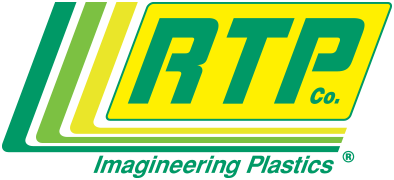Rapid growth in the use of thermoplastics for medical applications reflects the suitability of these materials to meet the demands of today’s healthcare industry. Likewise new product Designers and Materials Engineers are expanding their knowledge of proven engineered thermoplastic compounds.
Among these engineered theremoplastics are electrically conductive modifiers that, when combined with plastics resins, can provide protection against static accumulation, electrostatic discharge (ESD), and electromagnetic interference (EMI). Selection of any material technology must address concerns important to the healthcare industry, including biocompatibility, chemical resistance, sterilization compatibility, and processability.
Static may create hazards that can be controlled or eliminated by adjusting electrical characteristics of at-risk materials or their immediate environment. ESD can damage or destroy sensitive electronics and initiate explosive events in flammable environments. Accumulated static charges can attract and hold particulate matter on surfaces or clog and reduce the flow of material through a pathway.
Conductive thermoplastic compounds with low electrical resistance prevent static accumulation from reaching dangerous levels. This lower resistance allows static to dissipate slowly and continuously rather than accumulate and discharge rapidly, perhaps as a spark.
Applications
- Inhalation devices
- ECG sensors and other bioelectrical components
- Pipette tips
- Electronics protection
- EMI housings
- Sterilization cases
Additional Information
TECHNICAL BRIEF: Conductive Compounds for Medical Applications
INNOVATION BULLETIN: PermaStat® Compounds for Drug Delivery




